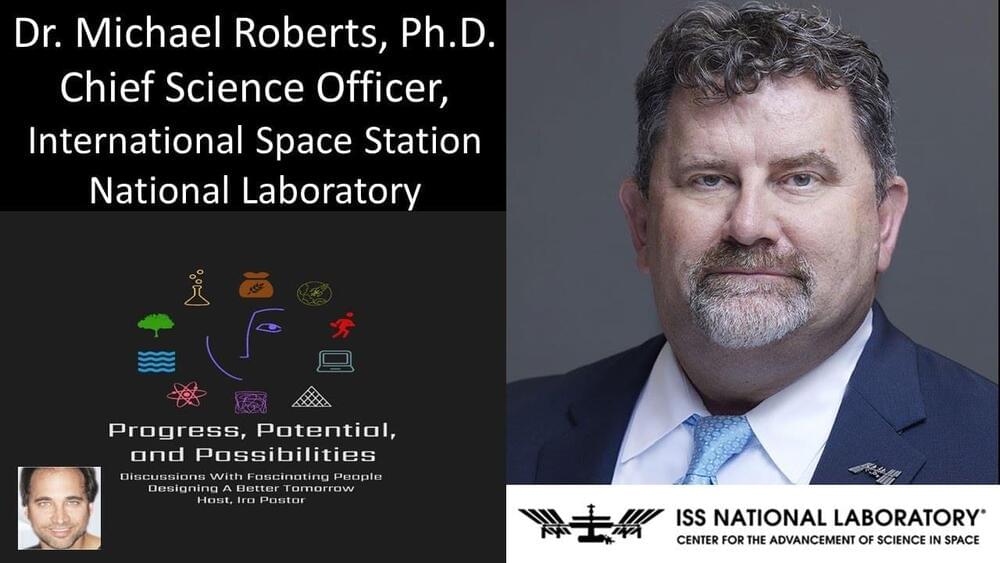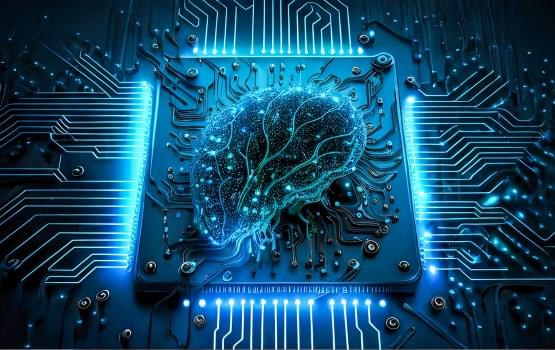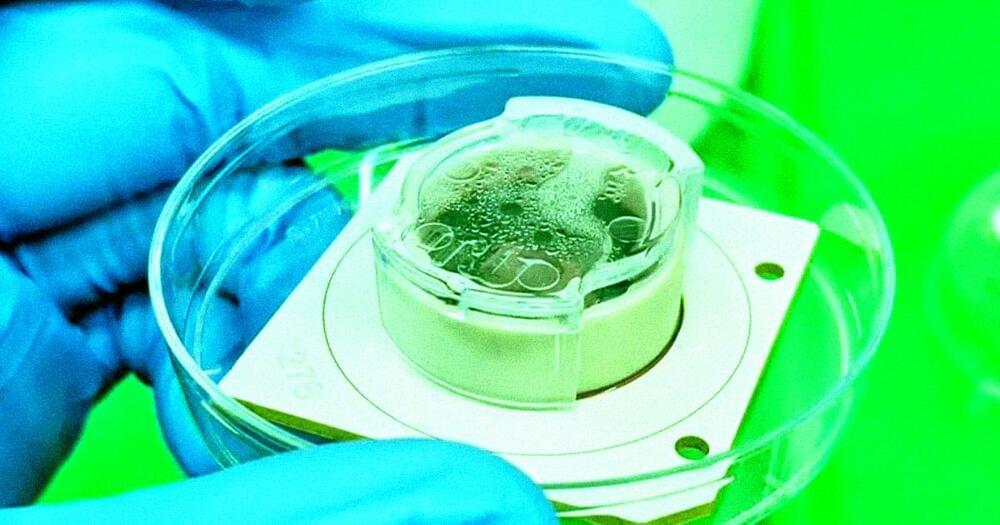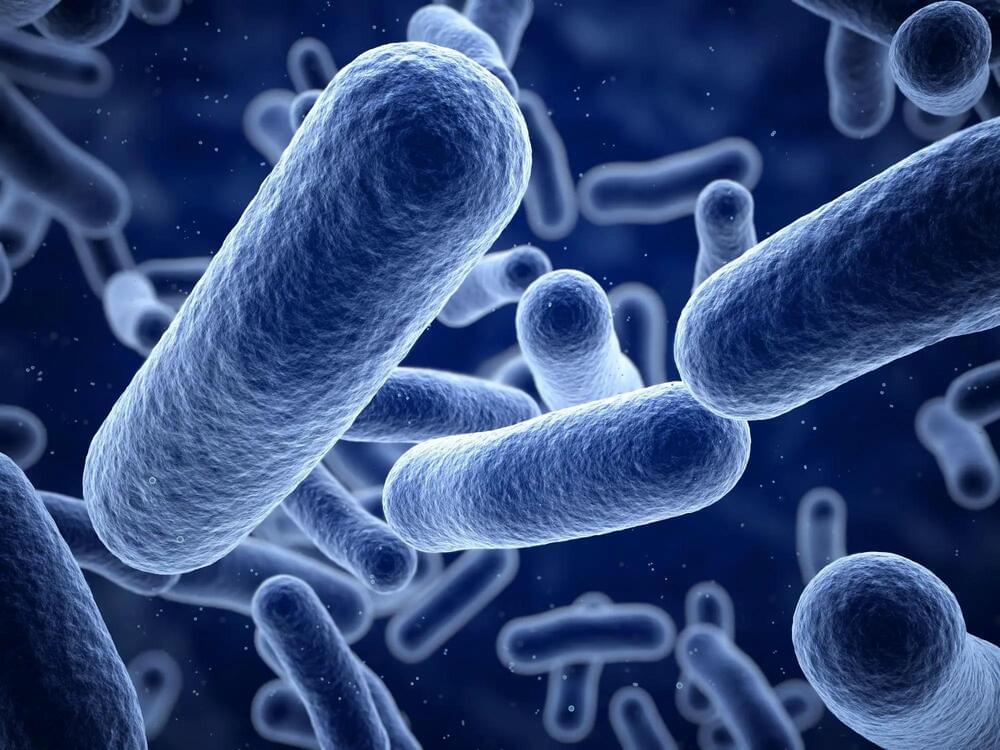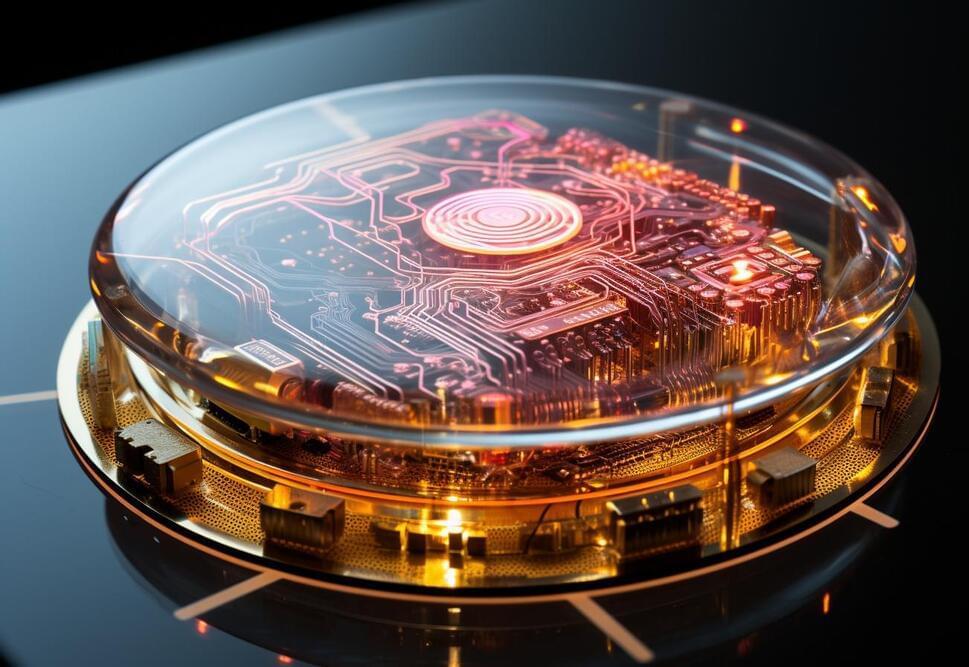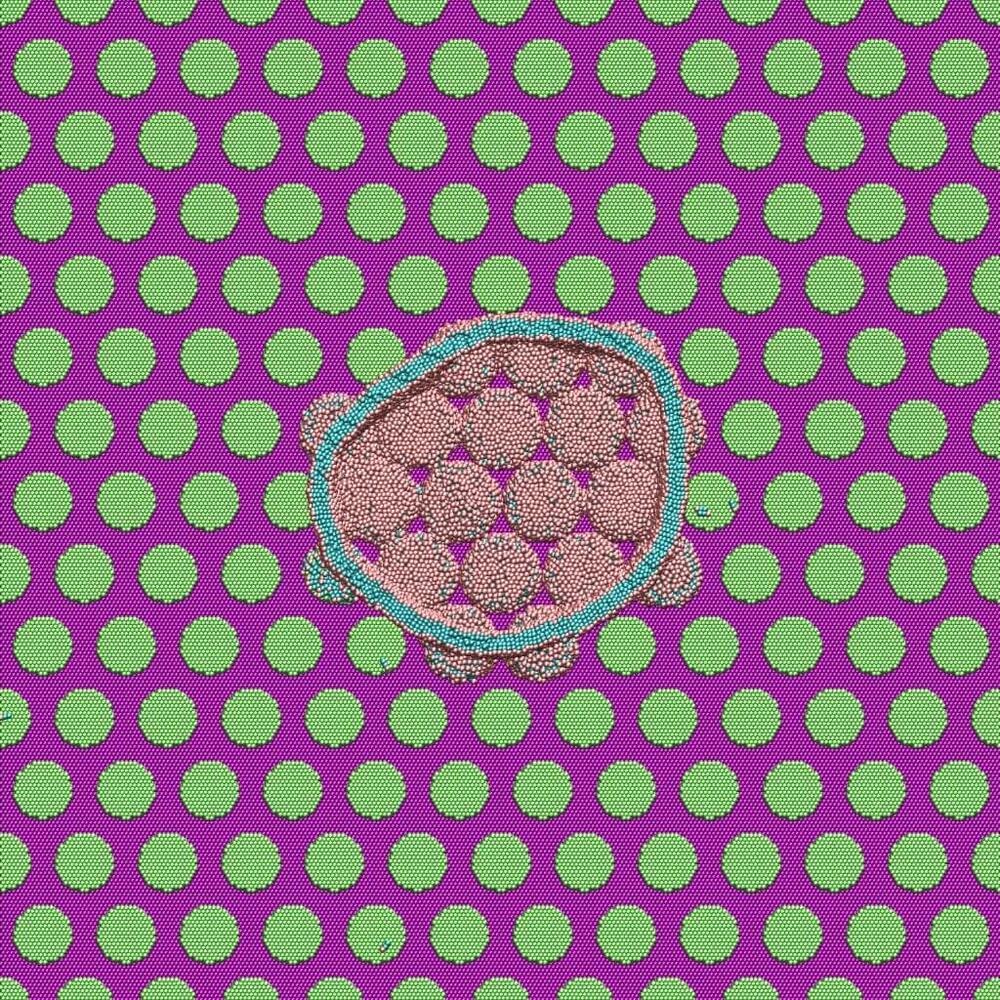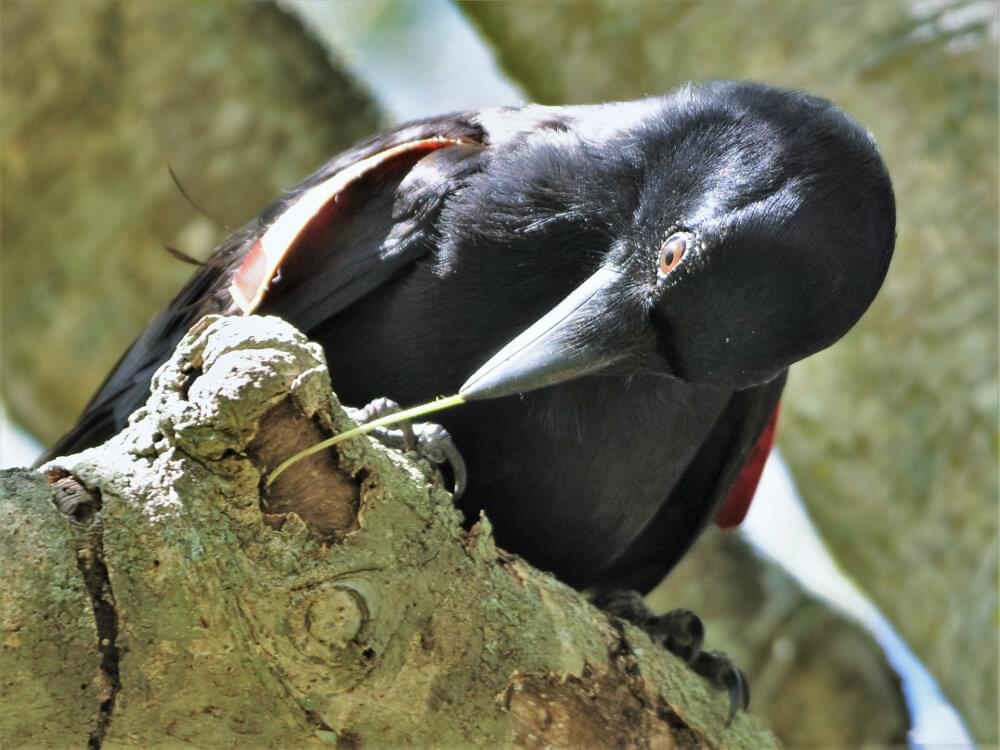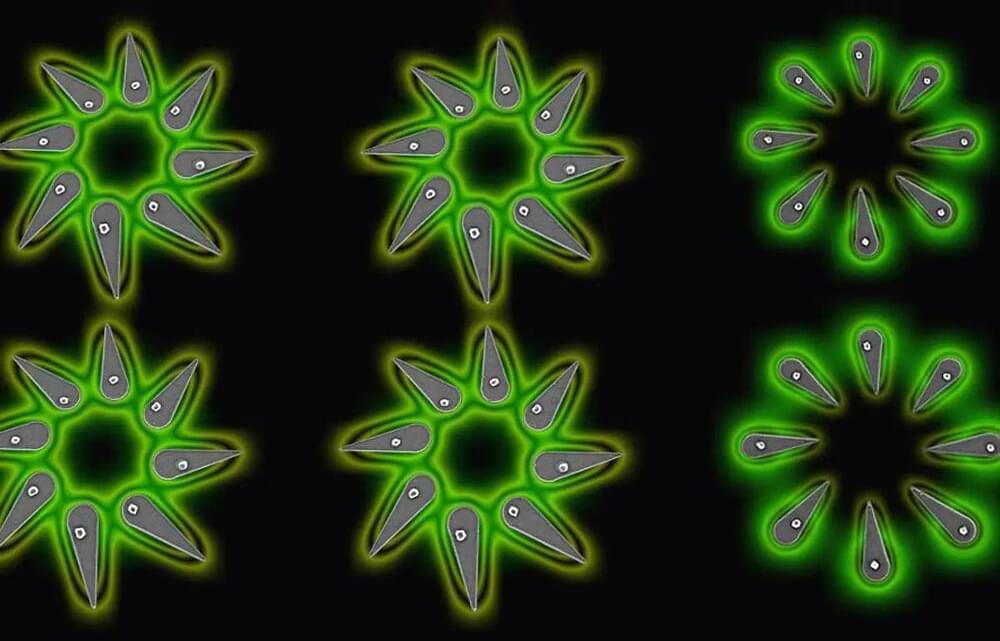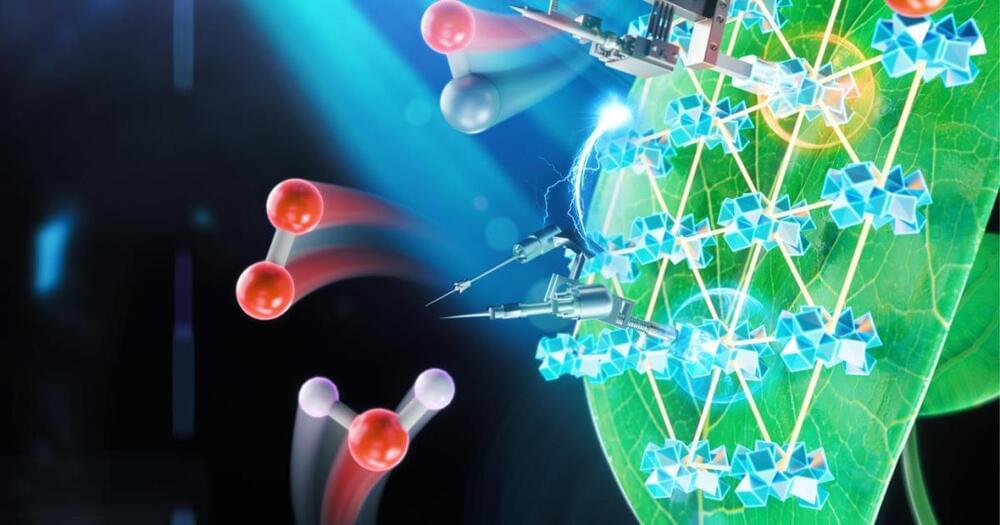Jul 24, 2023
Dr. Michael Roberts, Ph.D. — Chief Science Officer, International Space Station National Laboratory
Posted by Ira S. Pastor in categories: biological, economics, education, science, space, sustainability
Dr. Michael Roberts, Ph.D. is Chief Science Officer of the International Space Station National Laboratory (https://www.issnationallab.org/), and Vice President at the Center for the Advancement of Science in Space (CASIS — https://www.issnationallab.org/about/center-for-the-advancem…dership/), which as manager of the ISS National Laboratory in partnership with NASA, is responsible to the nation for enabling access to the International Space Station for research, technology development, STEM education, and commercial innovation in space as a public service to foster a scalable and sustainable low Earth orbit economy.
Before joining CASIS in 2013, Dr. Roberts worked as a microbial ecologist, principal investigator, and research group lead in the NASA Advanced Life Support program at the Kennedy Space Center.
